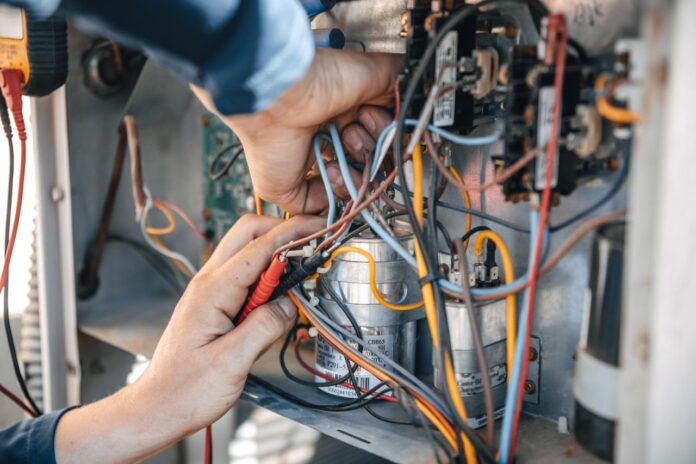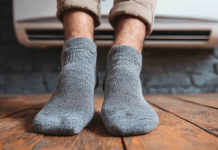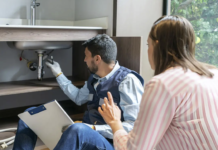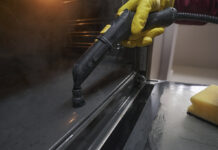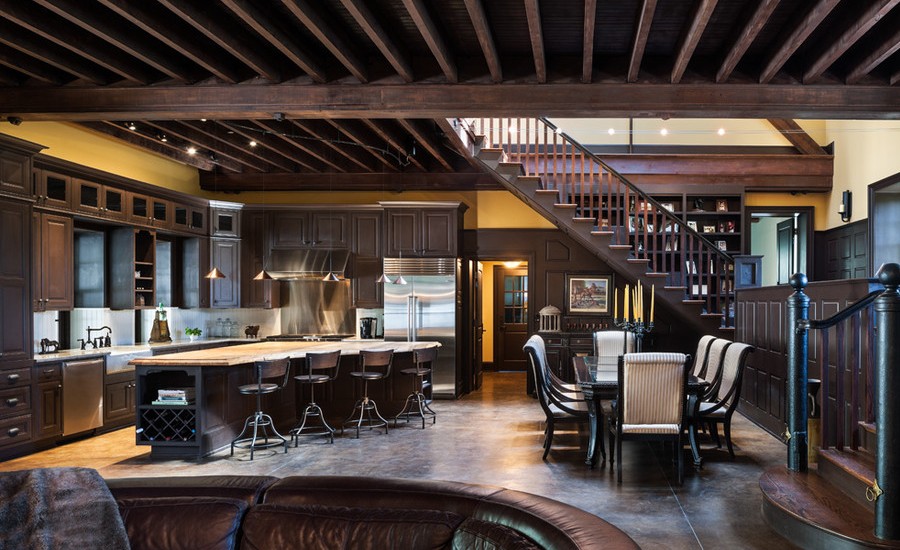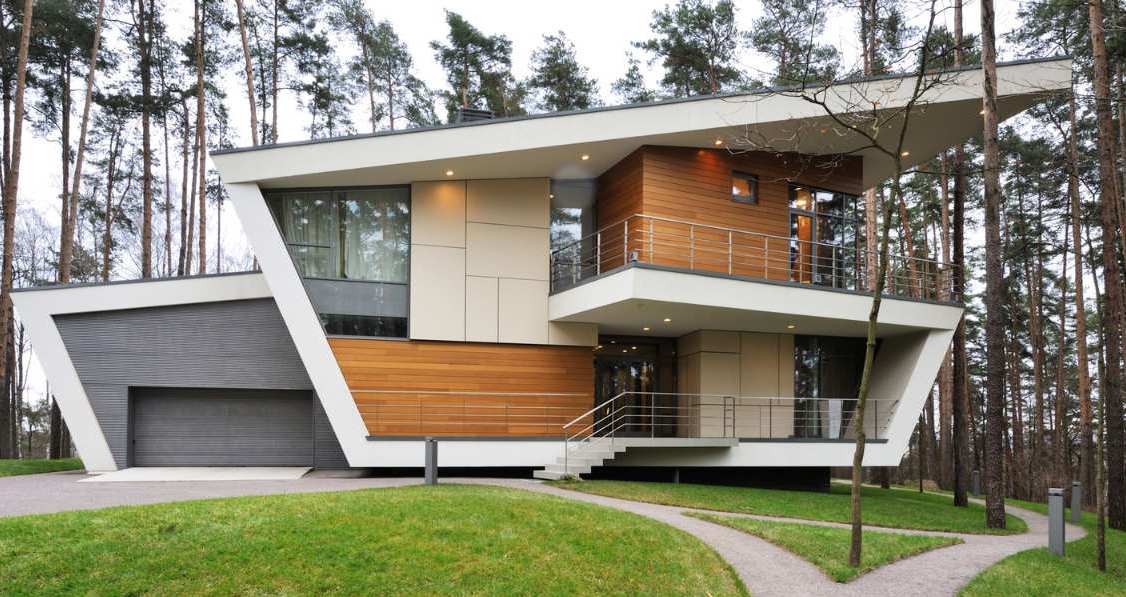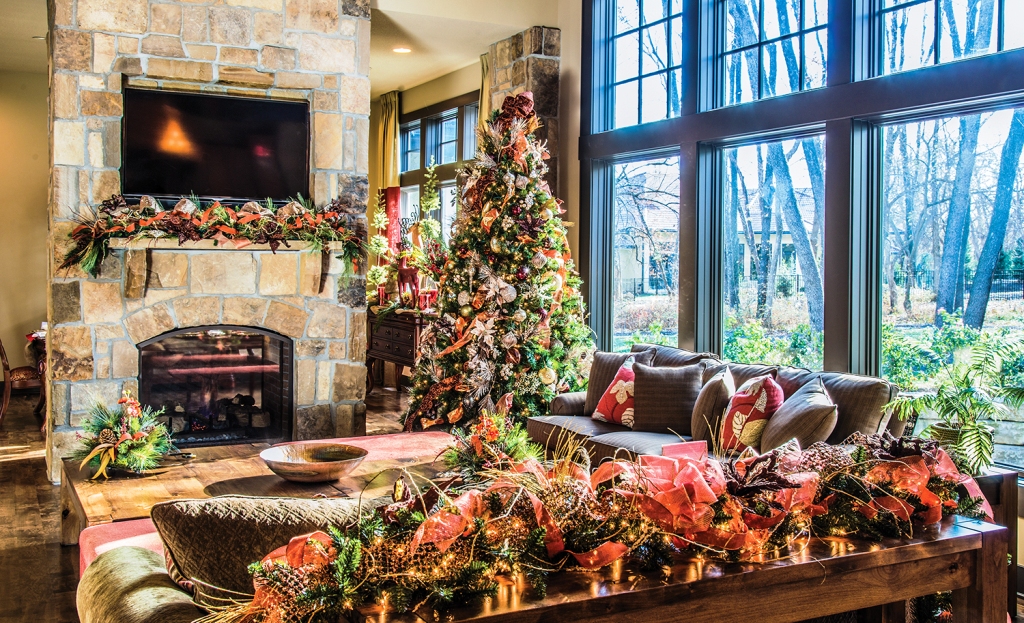When your home suddenly goes cold and the heat won’t kick on, your first thought might be: time for a heating repair. But before you call a furnace repair technician, there’s another culprit that’s often overlooked—your thermostat. In fact, many homeowners mistake thermostat problems for furnace failure, leading to unnecessary service calls and repairs.
Knowing how to troubleshoot HVAC issues and spot the difference between thermostat vs furnace issues can save you both time and money. Here’s how to tell what’s the problem.
Start with the Obvious: Check the Thermostat Settings
Before calling an HVAC company to repair your furnace, make sure your thermostat is set to “heat” and not “cool,” above the current room temperature, and is not in vacation or energy-saving mode. It sounds basic, but many “heating not working” calls stem from a simple oversight.
Signs Your Thermostat Is the Problem
No Response or Display is Blank
If your thermostat screen is dark or unresponsive, the issue may be a dead battery, tripped breaker, or internal failure. A non-working display is a top sign of thermostat not working correctly.
HVAC System Doesn’t Turn On
If you adjust the thermostat and hear no clicking, and the furnace won’t start, it may not be sending a signal to the system. This can happen with older wiring or faulty sensors.
Inconsistent Temperatures Around the House
If your home has hot and cold spots, it’s not always due to ductwork. It could be that your thermostat is misreading the temperature or not communicating well with your HVAC system.
Furnace Turns On and Off Rapidly (Short Cycling)
Short cycling can overwork your system and drive up energy bills. A faulty thermostat that misreads temperatures can cause the furnace to cycle more frequently than needed.
How to Test a Thermostat
Here’s a quick DIY method before calling for heating repair:
- Turn off the power to your HVAC system at the breaker.
- Remove the thermostat cover and check for loose wires or corrosion.
- Unscrew and remove the thermostat face and use a jumper wire to connect the R and W terminals (the heating circuit).
- Turn the power back on. If the furnace starts, the thermostat is likely the issue. If not, the problem may be with the furnace itself.
Note: Only try this if you’re comfortable handling wires and turning off power. If not, call a professional.
Often Missed Causes of Thermostat Failure
Some thermostat issues come from things most people wouldn’t even think of—but they can still cause your system to work incorrectly:
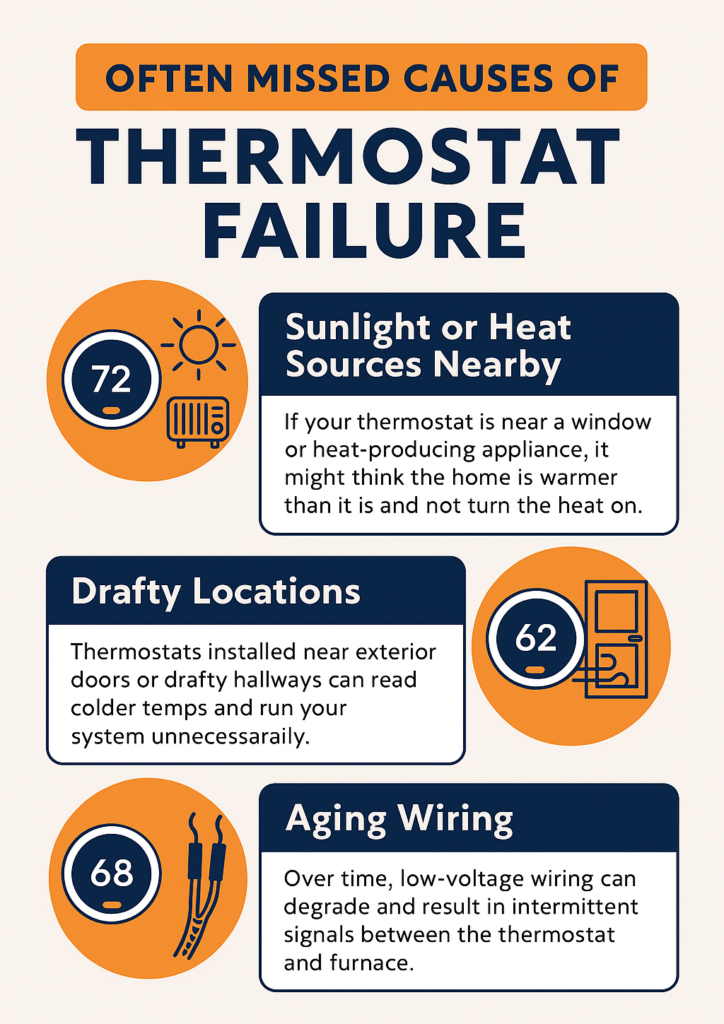
Should You Replace Your Thermostat?
If your thermostat is more than 10 years old, or you’re still using a non-programmable model, it may be time for a thermostat replacement. Upgrading to a smart thermostat can not only resolve current problems but improve comfort and efficiency.
Plus, many heating repair technicians recommend pairing a new thermostat with any major furnace work to ensure better compatibility and prevent communication issues.
Final Thoughts
When your furnace won’t start, don’t rush to assume the worst. Many heating problems trace back to simple thermostat issues. By learning how to test a thermostat, check settings, and recognize hidden factors, you can rule out small issues before investing in larger repairs. And if you’re still unsure, an HVAC troubleshooting call from a pro can confirm whether it’s time for thermostat replacement—or a full furnace repair.
Either way, catching the issue early helps keep your home warm and your repair bill lower.

